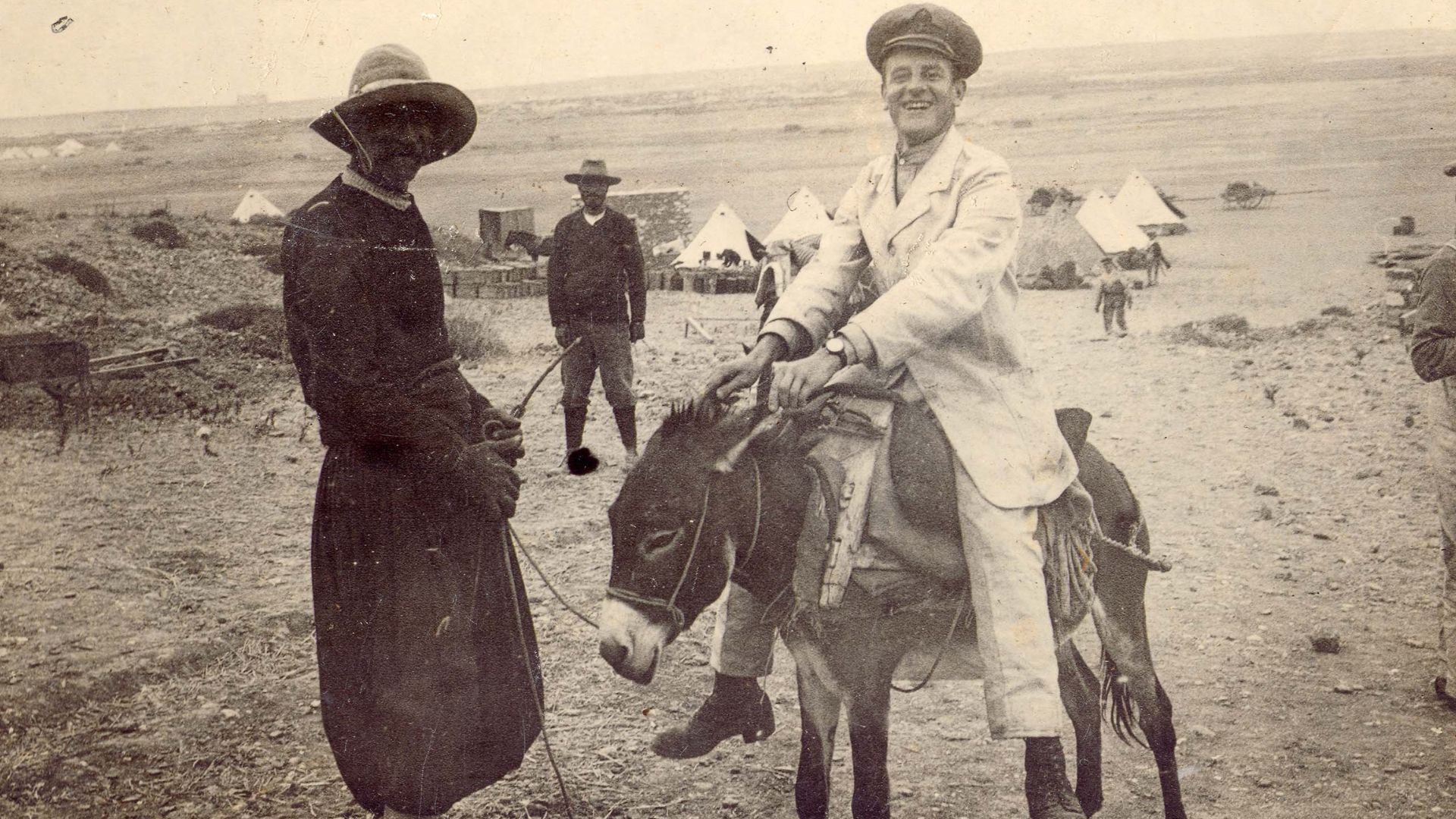By Kaye Lafyati I General Secretary of the Imvrian Society of Melbourne.
From Imbros over the Sea, by historian and philhellene Jim Claven OAM, provides a historical and pictorial overview of the events that took place on the then Greek island of Imbros (present day Gokçeada) during the Gallipoli Campaign of 1915-1916.
Imbros’ rich history dating back to antiquity is shared with the reader. Claven transports us back in time to the Homeric epoch, quoting from the Iliad, describing the rocky terrain of the island. A brief overview is provided informing readers of the various powers that came to be after the fall of Ancient Athens. The people of Imbros survived throughout all the occupations, maintaining their Greek language, culture and their fervent faith.
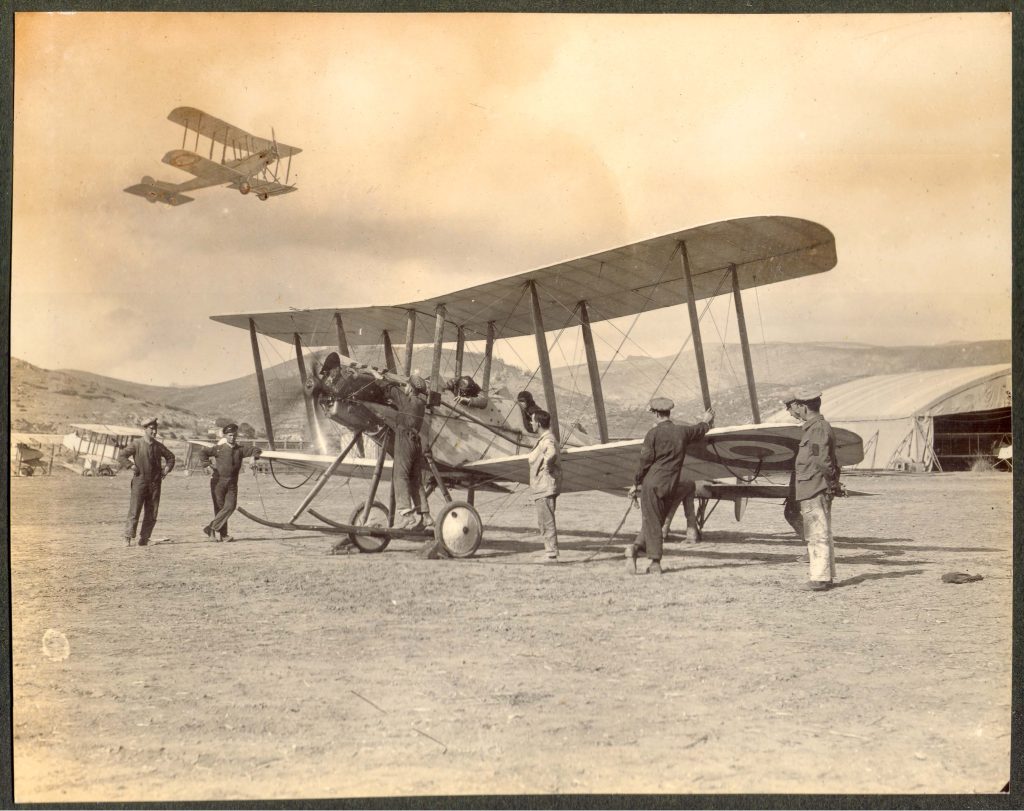
This inaugural historic account of the role of Imbros in the Gallipoli Campaign is given in a manner that transports the readers’ imagination to that time, allowing them to bear witness to the transformation of parts of the island to cater to the multifold demands of the campaign, the progression of events until its culmination, the subsequent evacuations of the Gallipoli Peninsula and finally the departure of troops from the island.
Claven utilises a multi-faceted approach in his documentation of the developments and events that occurred at the time. He incorporates narration and analysis in his transcription, presented in chronological order and analysis of the why and the how they took place, respectively. The accuracy of dates and events are attested by the plethora of primary and secondary sources utilised by the historian, resulting in an unbiased and factual account of the events that transpired on Imbros during the campaign. Moreover, this publication boasts a rich collection of photographs depicting Imbros throughout the course of its role in the Gallipoli Campaign. It also shares photographic material from Claven’s personal archives of the island, including locations that were instrumental during the campaign.

This book has a very clear layout. The historical overview of the connection between Imbros and Gallipoli is broken down into 15 subtopics. Claven takes the reader through the developments and outcomes of the campaign in a manner which does not confuse or baffle. Rather, he brings the events to life in a very clear manner. To assist the reader further, Claven has provided a timeline of the key events, five appendices, which include maps of the area and archival photograph references, sources and further reading suggestions.
The strategic position of Imbros was unequivocally the reason why it was deemed ideal to play a role in the campaign. Claven recounts the initial arrival of the Allied Fleet and describes in depth the transformation of parts of the island to cater to the requirements of the Allied Forces. Kephalos Bay becoming a major anchorage for the numerous vessels that came to and left from the island. The establishment of military and navy bases followed, as well as the campaign headquarters and hospitals. Wounded and sick soldiers were brought to Imbros either to receive treatment or to be transported onwards. It is pointed out that in one particular week, almost 13,000 wounded soldiers were brought from the battlefields.
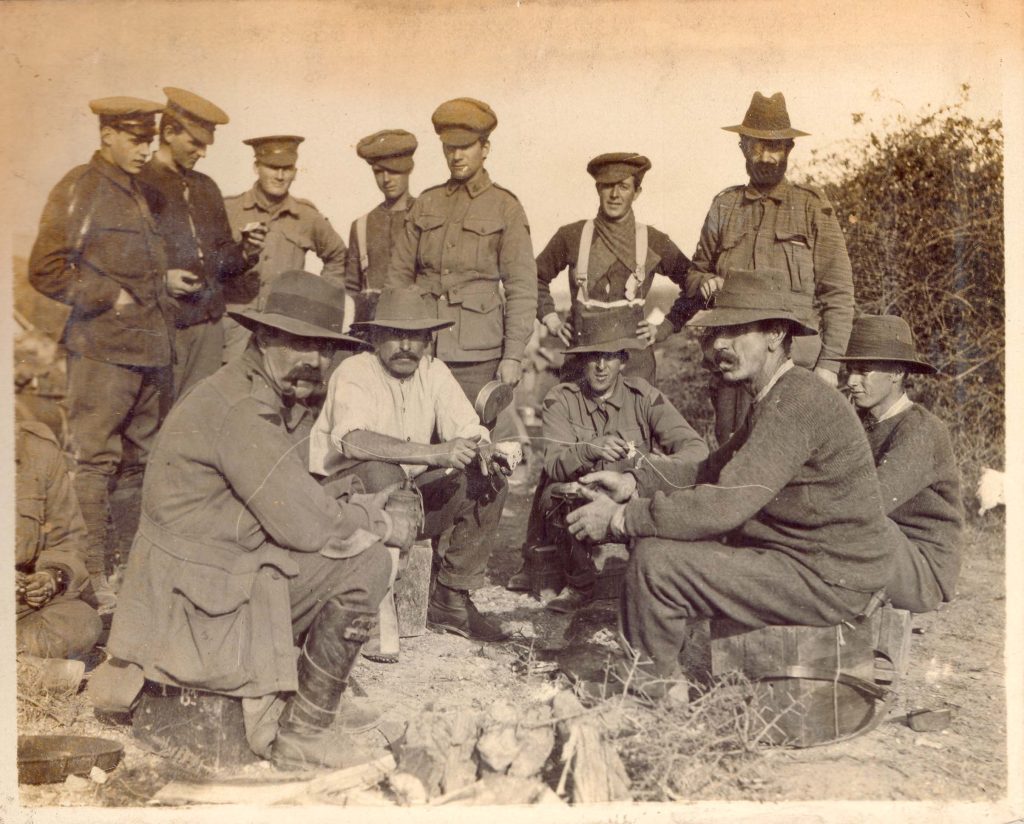
Claven continues to detail the creation of the Australian Bakery on Imbros and its associated challenges. Regardless of the difficulties faced, production was kept up and thousands of fresh loaves were transported to the ANZAC troops on a daily basis, meeting the daily ration requirements. The bakery also supplied the General Headquarters and troops on the island. For a period of time, a staggering 60,000 daily bread rations were produced on Imbros!
The reader learns about the various interactions between the local Greeks and the troops and other Allied service personnel. Claven refers to numerous letters and other sources written by them in great detail. They are very poignant accounts which describe not only the local people, but also the flora of the island, the fig trees and vineyards, the monasteries and churches, the villages and their architecture, the food and the hospitality they enjoyed, and the mode of transport which allowed their exploration of the island!
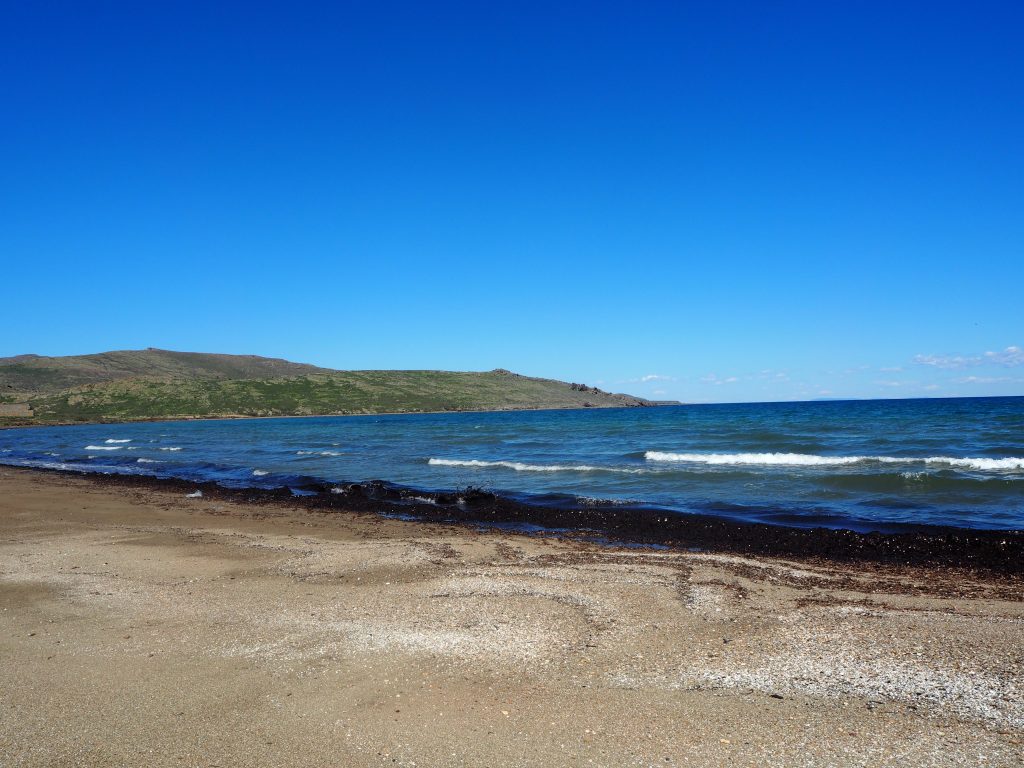
Besides such correspondence, some troops chose to paint or sketch their impressions of what they saw and experienced. A selection of watercolours has been included in this publication which depict various parts of the island and aspects of the campaign, including warships in the harbour, military headquarters, landscapes and Greek Orthodox churches. This artwork makes it possible for readers to admire the natural landscape of Imbros and in some to see how the campaign impacted it.
As a very proud Imvrian-Greek Australian, I take my hat off to Jim Claven for addressing the gap in literature pertaining to the role Imbros played in the Gallipoli Campaign. Through his accounts of the events that transpired and highlighting the human factor, be it the soldiers’ struggles or the soldiers’ interaction with the local Imbrians, the reader becomes aware and learns about another facet of the Gallipoli campaign, and is able to appreciate the significance of the strategic role Imbros played. I thoroughly recommend you read this book, it is a very interesting and enlightening read. It is well-researched and is a tremendous contribution to the historic genre.
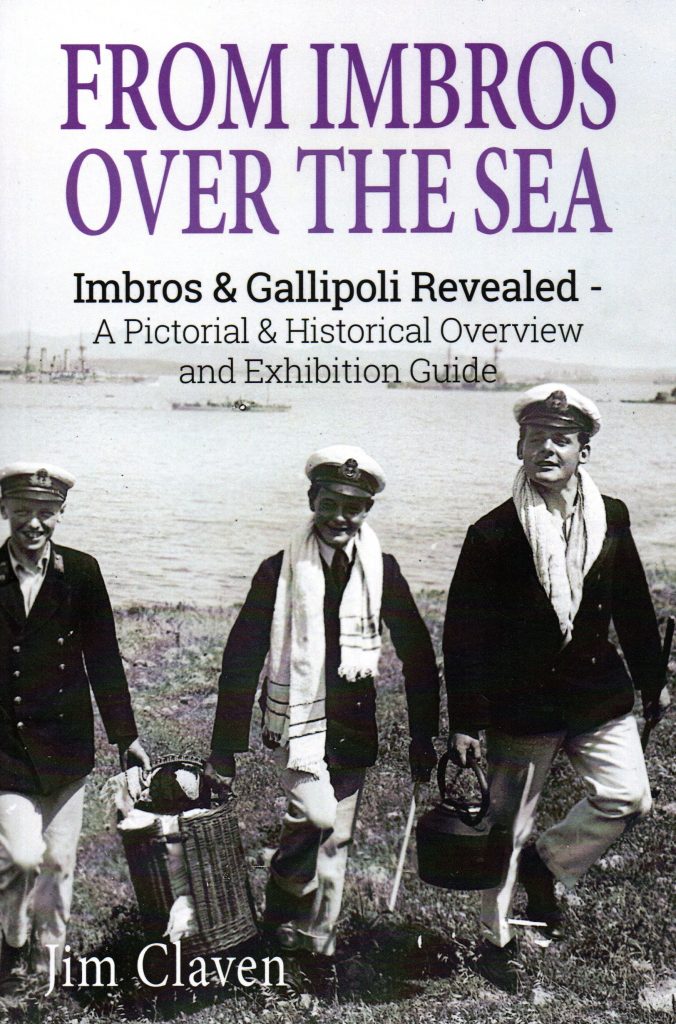
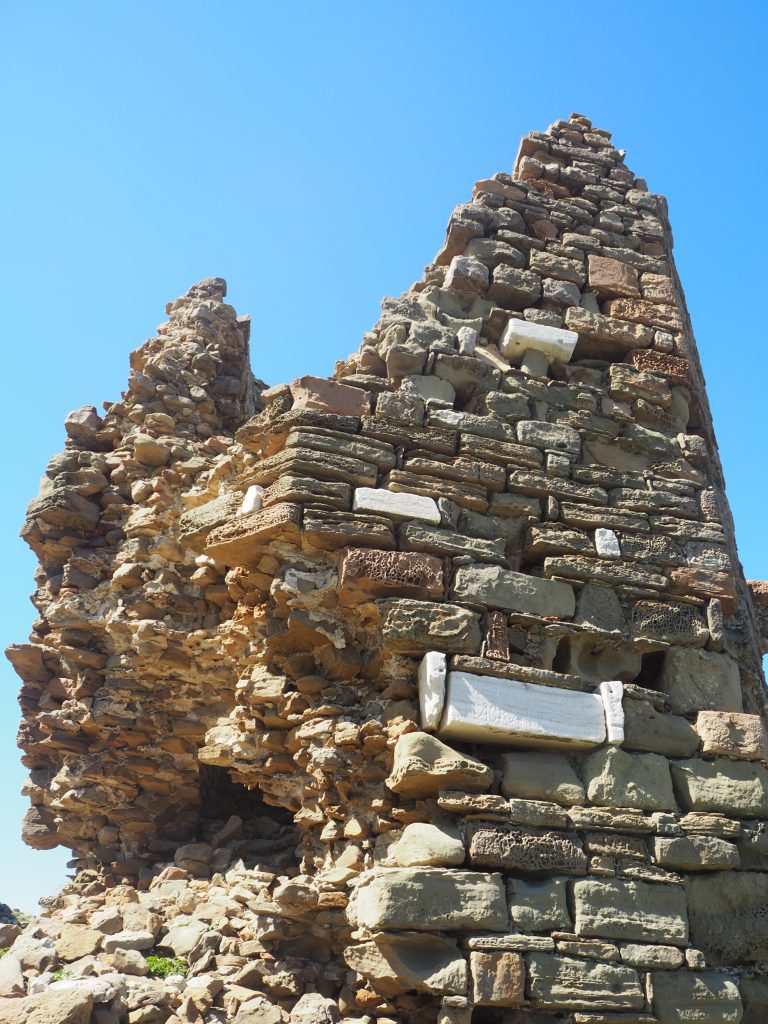
This publication is a companion volume to the Imbros & Gallipoli Revealed Exhibition, which was launched in Melbourne, in 2023. It is hoped that this pictorial exhibition will soon be able to be viewed across Australia, including in Canberra, Sydney, Brisbane and Adelaide.
Going to Kephalos, Aydincik as it is now known, will never be the same. The vision of the ships in the harbour and the overflying planes has been entrenched in my mind.

Jim Claven’s From Imbros Over The Sea is published by the Imvrians’ Society of Melbourne. Priced at $35. To order contact George Xinos – georgexinos@gmail.com or click on the QR code:
Kaye Lafyati is General Secretary of the Imvrians’ Society of Melbourne. She has recently completed her Master of Translation and Interpreting. She can be contacted via email – kayekl@hotmail.com

